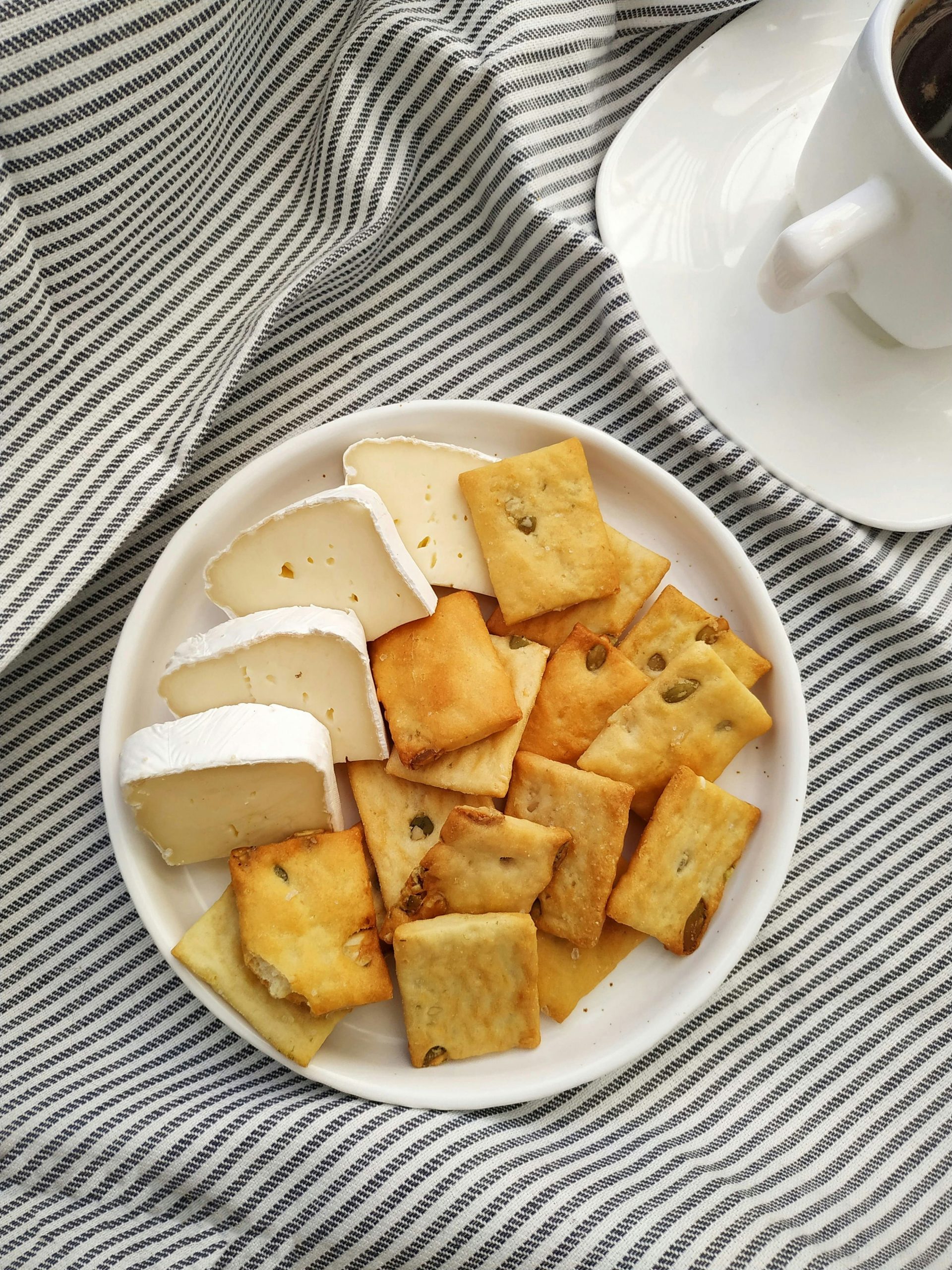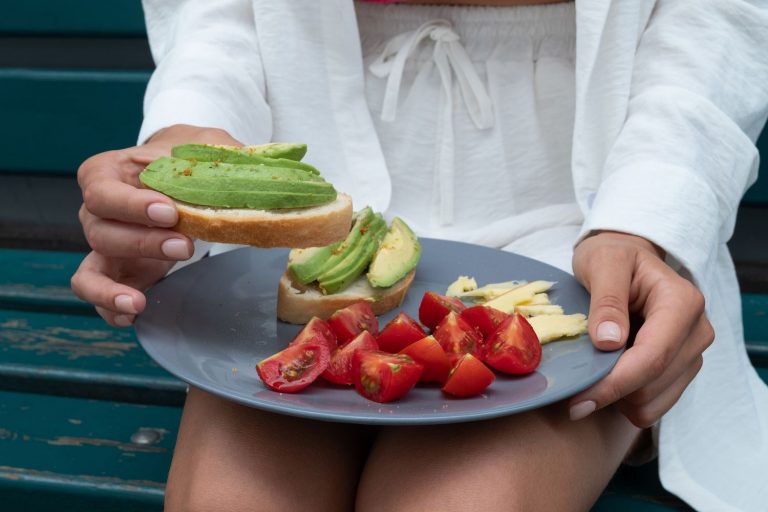In the world of viral TikTok trends, a fascinating yet polarising phenomenon is still making the rounds, and it’s known as “Girl Dinner.” This trend, is marked by visually appealing snack plates and platters of ‘charcuterie adjacent’ – as Washington Post calls it – nibbly bits, has sparked conversations about gender norms, eating habits, and societal perceptions of food.
The Rise of “Girl Dinner”
The roots of the “Girl Dinner” trend trace back to a pivotal moment in May 2023, ignited by a TikTok video posted by Olivia Maher. Maher humorously discussed how a simple meal of bread and cheese reminded her of medieval peasant fare, coining the term “girl dinner” in the process. The concept quickly evolved, with TikTok users showcasing snack plates adorned with bread, cheese, olives, pickles, nuts, and colourful fruits and vegetables.
@liviemaher #girldinner #medievaltiktok ♬ original sound – Olivia Maher
Today, the #girldinner hashtag boasts over 1.7 million views, illustrating the trend’s rapid ascent into popular culture. However, beneath its seemingly innocuous surface lies a rich tapestry of contrasting viewpoints.
Debates and Divides
While some embrace “Girl Dinner” as a liberating departure from conventional meal expectations, others express concerns about its implications for health and body image. Critics argue that the trend could inadvertently promote disordered eating habits by glorifying minimal-calorie meals and snack-based dinners.

TikTok user Lexie Firment raised poignant concerns about the trend’s impact on individuals with eating disorders, highlighting the potential for comparison and dissatisfaction with one’s own meals. Firment’s perspective underscores the delicate balance between celebration and caution in online food culture.
@lexiefirment Why i think girl dinners are harmful #girldinner #lazygirldinner #eatmore #eatmore2behappy #eatingisgood #recoveryispossible ♬ original sound – Lexie Firment
The Gendered Lens
Beyond its culinary implications, the “Girl Dinner” trend reflects broader societal attitudes towards women’s roles in food preparation. Seema Rao, an art historian, finds empowerment in the trend’s minimalistic approach, challenging traditional notions that equate cooking with femininity.
Roa told The Times, “The idea of cooking dinner was historically women’s work in the home.”
Rao’s perspective illuminates a nuanced shift in how food is perceived within gendered contexts. By celebrating simplicity and ease in meal preparation, “Girl Dinner” subverts outdated stereotypes about women’s domestic responsibilities.
TikTok serves as a dynamic platform where cultural trends intersect with personal experiences, creating opportunities for reflection and dialogue. While some may view “Girl Dinner” as a lighthearted expression of culinary creativity, others caution against overlooking its potential impact on body image and eating behaviours. The trend invites us to reconsider our relationship with food, challenging preconceived notions about mealtime norms and societal expectations.
ALSO SEE: Sweetbeet launches collaboration with MasterChef winner Kamini Pather
Sweetbeet launches collaboration with MasterChef winner Kamini Pather
Feature image: Pexels

